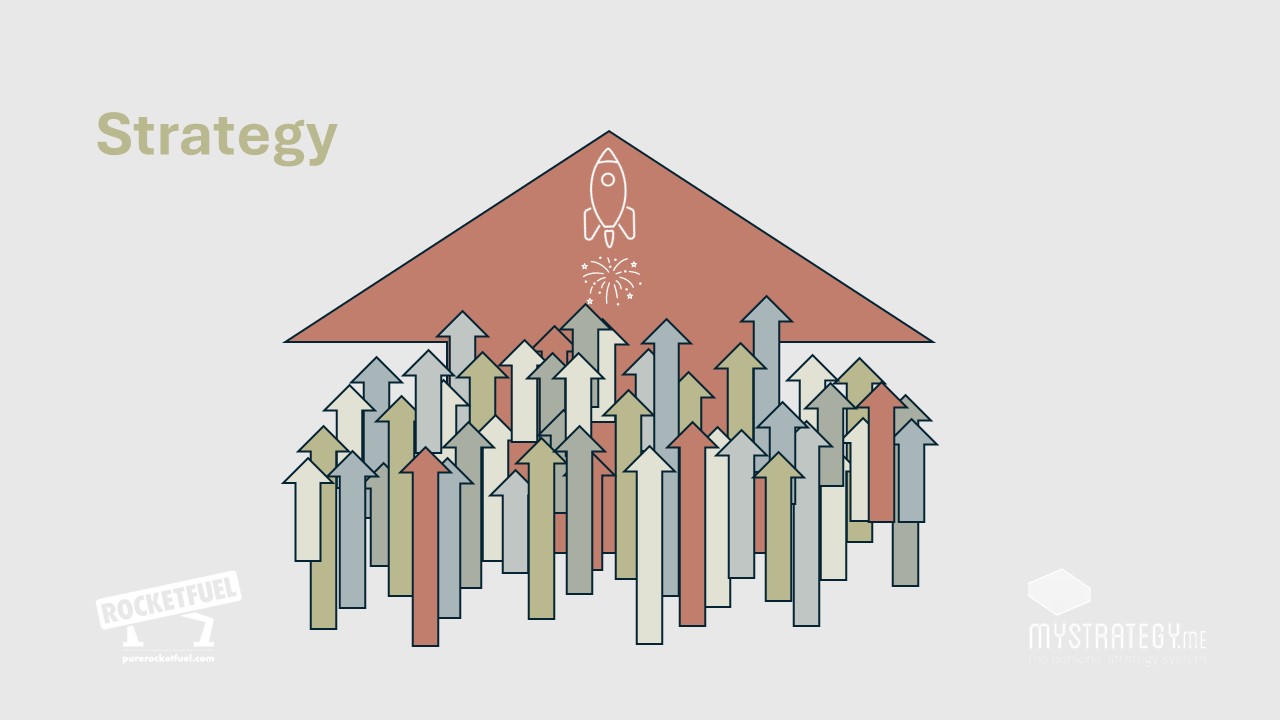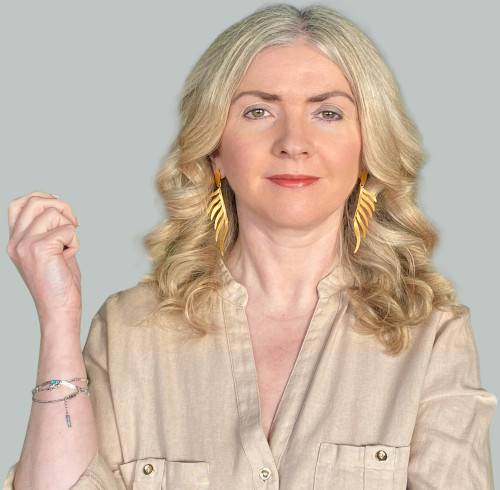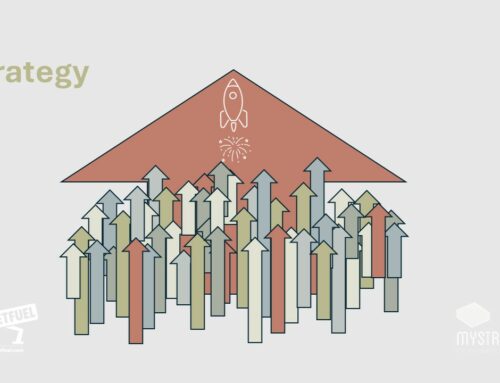
With every passing day, what position are you moving yourself towards, asks Leadership & Performance Coach, Davina Greene.
“Where do you see yourself , work-wise, in 5 years’ time?”. Click. What mental picture did you take just then? That snapshot is part of your Career Vision.
“When you start your own family….” – click! Is your facial expression one of “Oh, yes!” or one of “Huh?!” when someone takes your picture in that moment? Whichever it is, you’ve moved a little closer to understanding your Family Vision.
You may prioritize one over the other. You may combine them into one greater Vision that requires actions on both the Career and Family fronts to end up as a “happily married individual with at least one child and two steps higher on the career ladder within the next 5 years”. The final wording and approach is entirely up to you (just be SMART about it).
Likewise, in a business or organizational context, you may want, for example, to be “have the highest market-share in Europe”, “….in the US”, or perhaps “…in the world” in the next 5 years. You may want to do that “…in relation to our current product X” or “…in relation to product X and a new product Y”. Again, the scope and effort level is up to that organization (again: just be SMART about it).
Either way, the picture has been painted, implanted, and allowed to begin to steer the mind and body towards relevant actions: the baby steps that will need to add up to that final result. The individual can imagine themselves, a partner and a child standing in a photograph on, perhaps, a business trip to a foreign land that would signify a career promotion. The business executives can picture the movements they want to see on the graphs they’ll be looking at for the next 5 years, and will be kicked into action if those graphs ever look stagnant.
Clinging passionately to those visual images, the strategic process effectively begins.
Why Do We Fail To Define Our Vision?
This is less problematic in organizational strategy – there tends to be more of an understanding that a vast amount of people need to be corralled somehow into moving in the same direction, so a basic Vision is more readily expressed. The task tends to be to build the rest of the inspirational story around it.
Despite it sounding so easy, it is very often the biggest flaw in a person’s personal strategy that they don’t actually know what they want – they know, in essence, what they are running from, but not what they are running towards. “I don’t want to spend my life at a desk!”. Great. So, what do you want instead? “I don’t want to be an ‘uninteresting’ person!” Great. So, what are you interested in trying, what alternative story do you want to be able to tell?
If you’re a person who tends to be less ‘administrative’, less willing to sit still with pen and paper and thrown down words, mind-map a bit, and build the beginnings of a plan, the whole thing becomes more complicated again. Like anything important, you have to be willing to engage in some degree of detail and reflection, whether you enjoy it or not.
Vision Variability
First things first: I’m a firm believer in acknowledging the good things where they exist, especially when they took no effort to achieve, and so – unless you had wished to live in a disease-riddled warzone – congratulations! You’re already off to a pretty modern, ordered, privileged start to achieving whatever you want to achieve. Far, far ahead of the people in this world whose vision is to walk down their own street one day without a bomb going off beside them (I’m also a firm believer in perspective, you see). So there may be nothing desperately pushing you towards a particular Vision; in fact, there may be a little too much comfort in your world to spur you into any action at all. Notice if that’s the situation you’re in, it may be helpful in resetting your core mindset.
That aside…
Some people want to be the fastest person on the planet. Some people want to get married and have babies and a dog. Some people want to earn lots of money. Some people want to do something world-changing at some point during their lifetime. So, as you can see, there’s no formula to this – it’s all about the individual and what they want from their life or work in order to feel satisfaction. We’re very comfortable with the notion of sportspeople and their sense of Vision; we love a good story about the athlete meditating upon the idea of being the first to cross the line at record speed, and then doing just that.
Some businesses want to remain small; some want to grow to be the largest in the world. Some want to grab money wherever they can see an opportunity to do so; others have ethics (‘green’, sustainability, for example) that ultimately lead them to eliminate certain potentially-lucrative ideas quite quickly. Some want to be well-paying, nurturing, pride-inducing places to work; others want to pay minimal salaries, are content for staff to work solely due to ‘contractual obligation’, and will threaten any dissatisfied employee into silence. Different strokes.
Imagine being an enthusiastic young employee in the latter, if the latter has not well-expressed what kind of business it intends to be (using words that won’t scare everyone out of the building, of course). Two clashing Visions, one of upward mobility, the other of “shutting up and putting up”. Unlikely to happily co-exist, I think we can agree.
Vision: Yes, It’s A Serious Thing
When it comes to ourselves as individuals, many people find the notion of visualization a bit airy-fairy. And yet in business, we regularly review our Vision and the steps being take to get there, in a totally-not-airy-fairy way. Every Company Vision involves steps, sub-goals and milestones; you don’t just say “I want to launch a market-beating product in Brazil”, then wake up the next morning to find that the Vision Fairy organized it all for you overnight.
There’s effort to be put in, to reach this optimal future state you’ve pre-selected. As individuals, we need to be less cynical about it on a personal level to get the most from it. At the same time, we need to understand that designing a Vision we’re never going to put any real effort into is a waste of time. Vision for the sake of vision? Don’t bother.
Having a bigger, positive Vision can make difficult times seem a bit easier, under “silver lining” principles – for example, while we can all agree that it’s a bit crap to be broke all the time, it’s not so bad if you’re choosing to be ‘day-to-day broke’ because you’re saving for a house. On the other hand, seeing changes happen without understanding the greater Vision can be terrifying (anyone else a bit freaked out by A.I., and robots that can run? Anyone know who’s in charge of monitoring all that? Me neither. I wonder what they’re picturing…).
Key Considerations for Creating Your Vision
- As an individual, make sure your Vision is yours, and not borrowed from someone else. Mean it.
- Scare yourself a little! Try the “on my deathbed” or “hit by a bus tomorrow” approach, to nudge your real Wants towards the surface.
- Rip pages out of magazines where their content, tone or mood speaks to you in some way. Even if you can’t quite understand why, right now.
- Don’t be overwhelmed. It is a big question – let your mind wander, for days, weeks or even months.
- From an organizational perspective, make sure your Vision is realistic (essentially, fulfil the SMART requirements) and make sure you tell the story well when conveying it to your troops.
Whatever Vision takes your fancy, avoid clinging to just one acceptable future – you can’t control everyone and everything, so be open to changes. Be imaginative, be creative, stretch yourself…but don’t let it become a fairy-tale notion.
Interested in investing in your own personal – and personal strategy – development? Check out www.MyStrategy.me!
Share This!
About the Author



